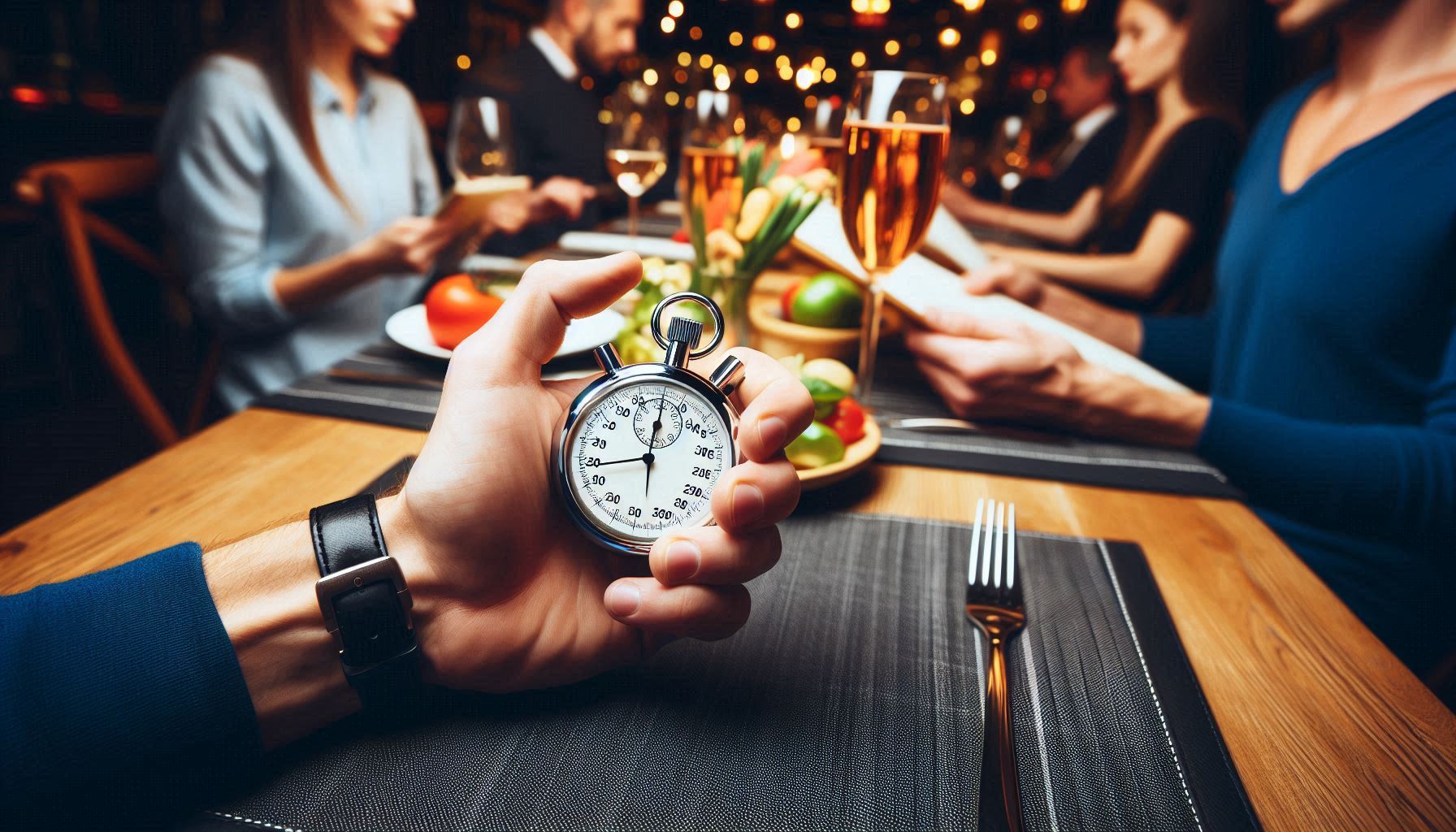Eliminate Hesitation: Streamline Your Menu
by David Klemt

That’s an interesting stopwatch layout. Also, we don’t recommend sitting with guests and timing them as they review your menu.
Operators should develop an understanding of the concept of the paradox of choice to understand how American guests make menu item selections.
So, allow me a crash course in this psychological concept. There are two prevailing components to the paradox of choice. One is that the more options one has, the less satisfaction they’ll feel upon making a choice. The other is that when presented with an overwhelming number of choices, also known as “choice overload,” people often just fall back to their usual choice rather than trying something new.
A quick note: The paradox of choice isn’t the same as the fallacy of choice. That concept relates to presenting someone with limited, extreme choices to drive them to ignore all of the other choices they could consider and select.
Understanding the paradox of choice will help an operator tackle a key task: streamlining their menus.
A survey from US Foods earlier this year contains quite a few intriguing revelations. Among their findings, one stands head and shoulders above the rest, at least to me: Almost 80 percent of Americans find deciding what they want to order at a restaurant difficult. Further, one factor outpaces all others when it comes to difficulty choosing.
Hence, my explanation of the paradox of choice at the top of this article.
Menus are too Big
There are two key factors making it difficult for Americans to choose what to order at a restaurant. Nearly a quarter of respondents—23 percent—indicate that they’re simply picky people. Alright, fair enough.
But the main factor, unsurprisingly, is that restaurants are presenting guests with too many options. That’s according to 54 percent of survey respondents. Quick math tells me that’s more than double the picky eaters.
Another 15 percent of US Foods survey respondents, however, say they have no trouble deciding what they want to order. Eight percent say they’re indifferent, which is an entirely different problem. A guest who’s indifferent to the restaurant and menu isn’t an engaged guest, and that’s not going to inspire loyalty and repeat visits.
Of course, no operator can please everyone, and some people aren’t going to be blown away no matter how good the food, drinks, and service can be.
So, does this mean that Americans are indecisive, facing paralysis whenever a servers asks for their order? Well…maybe. We have a lot going on, and “overwhelmed” would describe many of my fellow Americans right now.
However, the real culprit is menu size. In trying to please and retain guests, some operators are loathe to shrink their menus.
Most KRG clients can attest to the following: the president of our agency, Doug Radkey, prefers a smaller, streamlined menu. In fact, he prefers menus not pass the 25-item mark. Given his druthers, Radkey favors 12 to 15 items.
There are several reasons for this preference. Chief among these are controlling and reducing labor and food costs. (Radkey prefers to control costs rather than cut them, realistically.) Other reasons are less strain on the back of house, easier cross-utilization of ingredients, consistency, and reduced ticket times.
We can also add improving guest satisfaction to the list. On average, an American restaurant guest takes nine minutes to decide what they want to order at a restaurant. Streamline and shrink the menu, and this number should fall, while satisfaction rises.
Anyone should see that a smaller, sharper menu represents wins across the board.
AI image generator: Microsoft Designer



